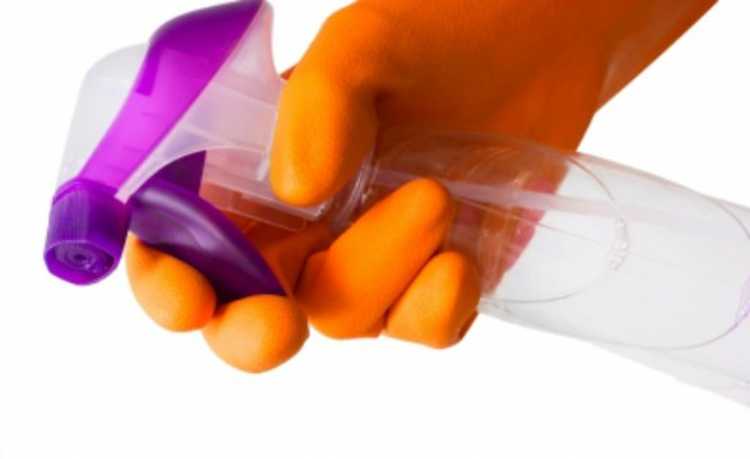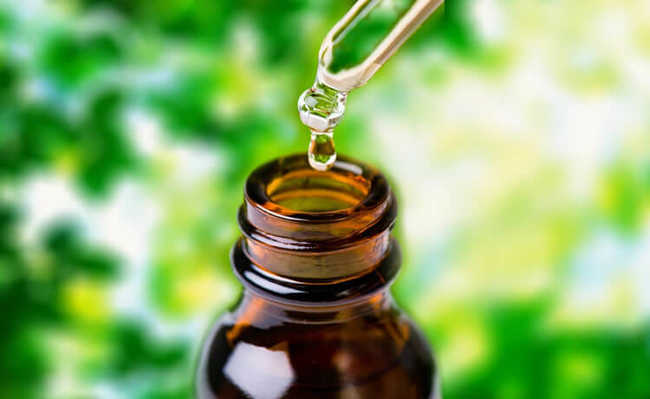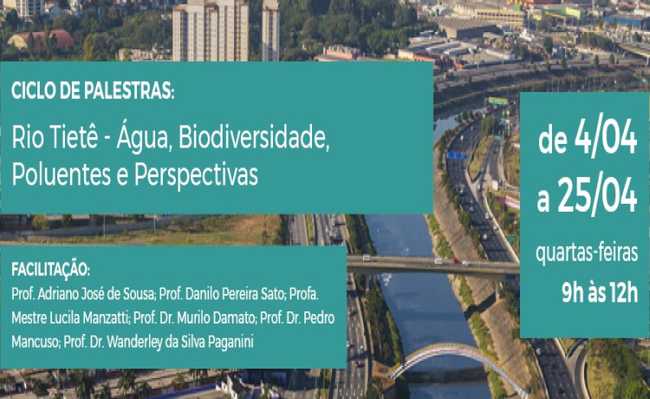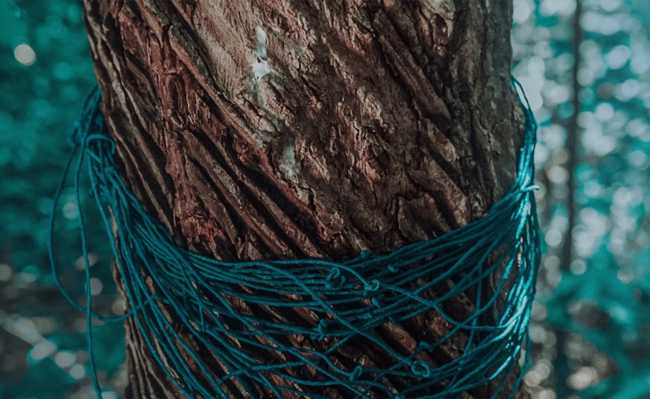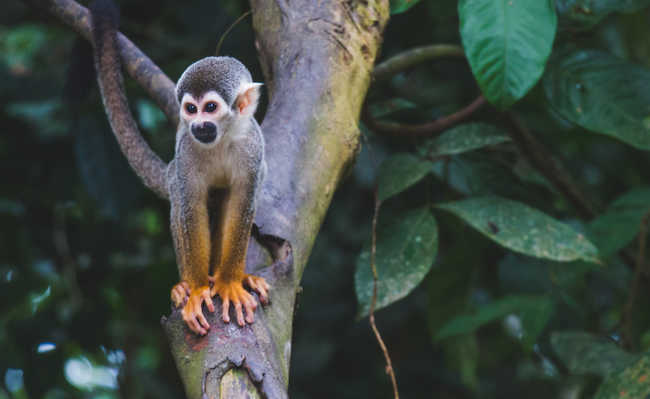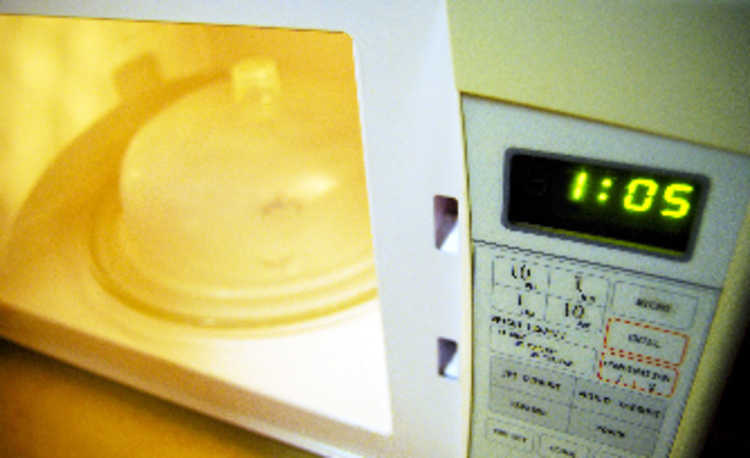Glitter is unsustainable: understand and learn about alternatives
Classified as a microplastic, glitter can be harmful, but there are natural substitutes. Check out!

Edited and resized image by Amy Shamblen is available on Unsplash
Glitter is the darling of Carnival and other occasions when what is most desired is shine. But it is a bad idea for the environment. As a microplastic, glitter easily ends up in the ocean and, to some surprise, even in the food chain. But the good news is that there are alternatives to shine naturally with reduced environmental impact. Understand:
- What is the environmental impact of plastic waste on the food chain?
what is glitter
Glitter, also known as glitter, is made of copolymer plastics, aluminum foil, titanium dioxides, iron oxides, bismuth oxychlorides and other materials painted in metallic, neon colors and iridescent colors to reflect light in a spectrum of sparkling wines. None of this can be recycled and since there are so many chemicals involved, the decomposition time is long. Glitter is classified as a microplastic because of its size, which ranges from 1 millimeter (mm) to 5 mm
- Microplastic: one of the main pollutants in the oceans
The problem of being a microplastic
Microplastic, as the name implies, is a small plastic particle. This type of material is one of the main pollutants in the oceans. It does not have glitter as its main source, it is just one of them, which include larger plastics that have degraded over time to become microplastic.
Even if plastic is disposed of in landfills, it can escape through wind and rain and be carried to the sea. What makes this situation worse is when garbage is incorrectly disposed of and, in the case of glitter, the aggravating factor is that it already comes in microplastic format and can escape through drains and faucets, not being blocked by filters, which are not thin enough to attach the shiny pieces of plastic.
Researches show that the inadequate industrial disposal of plastics and even the loss of raw materials that contain microplastic in their composition, plastic pellets for example, which throughout the logistic process end up dispersed in the environment, are also a source of pollution by microplastic. A study by the Foundation North Sea, in partnership with other institutions, pointed out the presence of microplastic in beauty and personal care products such as exfoliants, shampoos, soaps, toothpaste, eyeliners, deodorants gloss and lip balms in the form of polyethylene (PE), polypropylene (PP), polyethylene terephthalate (PET) and nylon.
An analysis performed by OrbMedia showed that there are microplastics in salt, food, air and water from samples from various regions of the world.
Preliminary research already points out some of the health risks related to the pollution generated by microplastic. A survey conducted by the Environmental Systems Research Institute at the University of Osnabrück, Germany, points out that this type of material has the ability to absorb toxic products found in the oceans such as pesticides, heavy metals and other types of persistent organic pollutants (POPs). which makes the damage to the health of biodiversity much greater.
Plankton and small animals feed on contaminated plastic and, when eaten by larger fish, spread poisoning. At the end of the chain, when humans feed on these larger fish, they are also ingesting the plastic and pollutants that have accumulated along the chain. Among the problems related to poisoning by POPs are different types of hormonal, immunological, neurological and reproductive disorders. Likewise, plastics can contain bisphenols, which are known to be very harmful to human and environmental health. Understand more about them in the article: "Know the types of bisphenol and their risks".
Even without definitive studies on the subject, scientists who participated in the First International Research Workshop on the Occurrence, Effects and Fate of Microplastic Marine Debris, conducted at the University of Washington in 2008, concluded that the impacts of microplastics on nature are highly harmful. Among them are the blockage of the digestive tract of small animals and the intoxication by products present in plastic. Ultimately, this could lead to an imbalance in the region's food chain.
Alternatives
Despite being a contributor to pollution, glitter alone is not largely responsible for all the damage caused by microplastic. Therefore, the most sustainable attitude is to avoid as much as possible the consumption of any type of plastic, because, even if it is disposed of correctly, its production and transport process generates impacts, it can escape to the environment and recycling is always a cost of energy. Learn how to adopt better habits in the matter: "How to reduce plastic waste in the world? Check out essential tips".
The plastic glitter you can substitute for mica powder, vegetable agar gelatine and ecological salt glitter. Learn how to prepare each type in the article: "Ecological Glitter: homemade recipes to shine naturally".
Even though there is a lot of research to be done, the importance of debate and raising awareness on this subject is already evident. And you can already start collaborating with the cause.
Use less, reuse and recycle products made from plastic. Contribute to the growth of selective collection and put pressure on the authorities in your region. Be aware that your actions contribute to the destiny of our species and those that cohabit the planet with us. Discover collection points for various types of discards in the search engine of eCycle portal .

